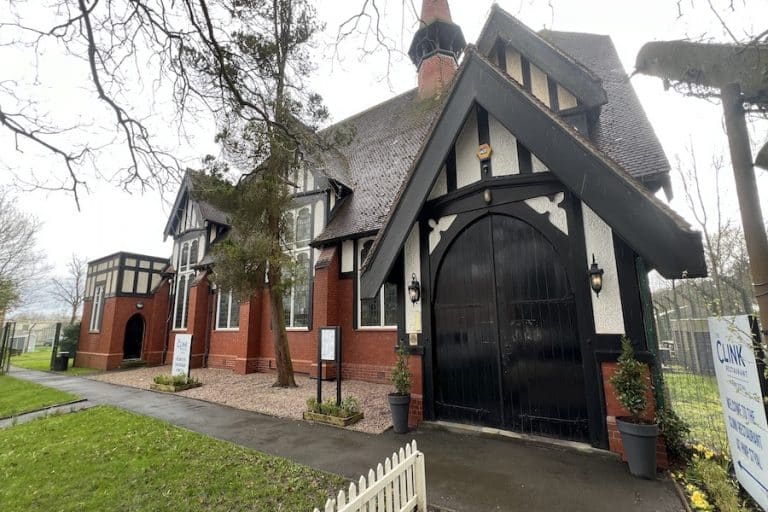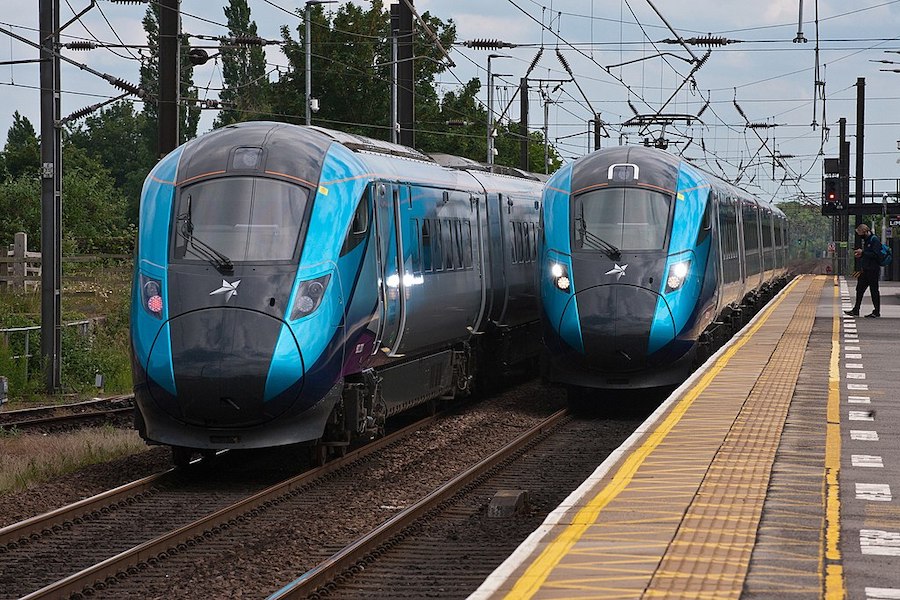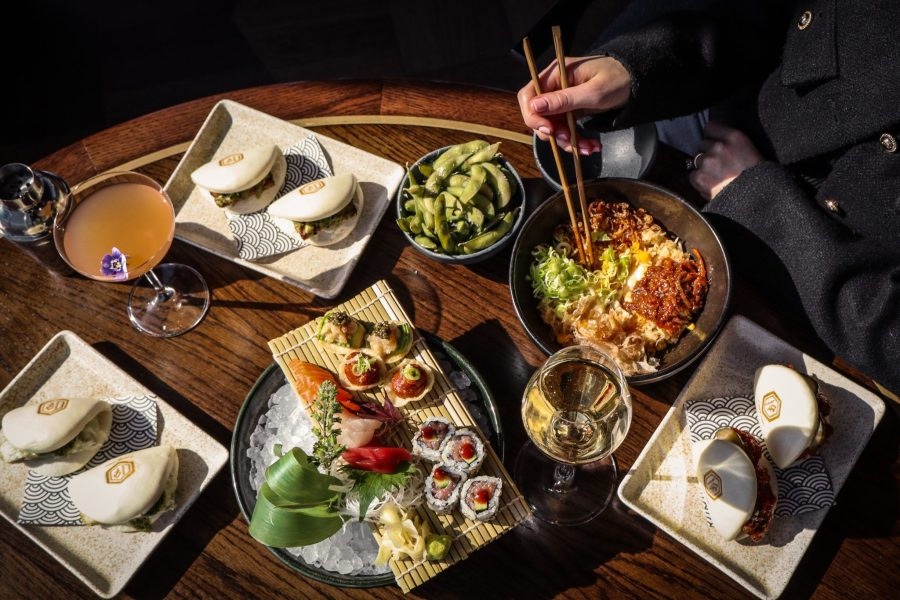Manchester International Festival saw record audience numbers despite pandemic
- Written by Louise Rhind-Tutt
- Last updated 3 years ago
- Festivals
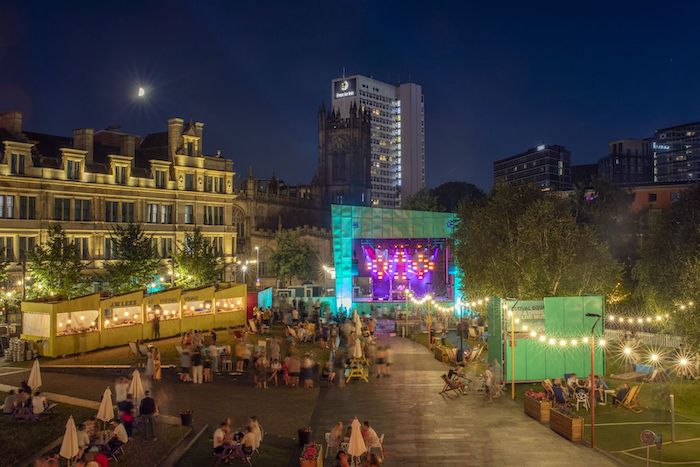
This year’s Manchester International Festival (MIF21) delivered record audience numbers, significant economic impact, and much-needed well-being benefits, despite the ongoing backdrop of a global pandemic, a new report shows.
As one of the first major cultural events post lockdown, MIF21 had a key part to play in helping kickstart Manchester’s cultural recovery programme, and its dynamic programme of art, dance, theatre and music events helped attract both local residents and people from further afield back into the city.
Against the un-precedented backdrop of the pandemic the festival saw 68 events take place across 18 days, including 18 original commissions from leading international artists, and additional special events.
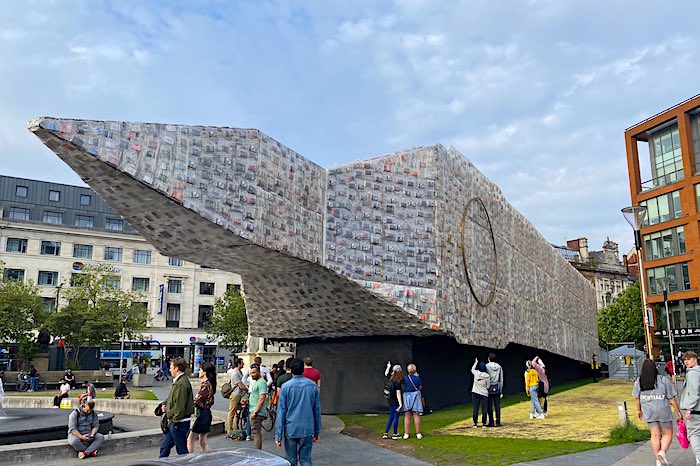
A socially distanced festival due to COVID-19 meant there were a limited number of tickets available for MIF21 events compared to previous festivals.
However, with the large number of free and online events programmed in this year it was possible to reach a record number of audiences locally, nationally, and internationally.
With the health and safety of audiences and participants at the forefront of planning, this year’s festival programme also maximised the use of outside spaces.
There were 36 artworks and events in the public realm during the festival, which meant that audience reach was much larger than in previous years, and outdoor festival events were estimated to have been seen in person by 1,462,244 people.
Over 100 Greater Manchester artists played across three stages on Festival Square, where thousands of people enjoyed the food, drink and free entertainment from noon till midnight.
Every ward across Manchester had residents taking part in engagement activity with Hulme, Harpurhey, Ardwick, Moss Side and Rusholme all showing high levels of engagement.
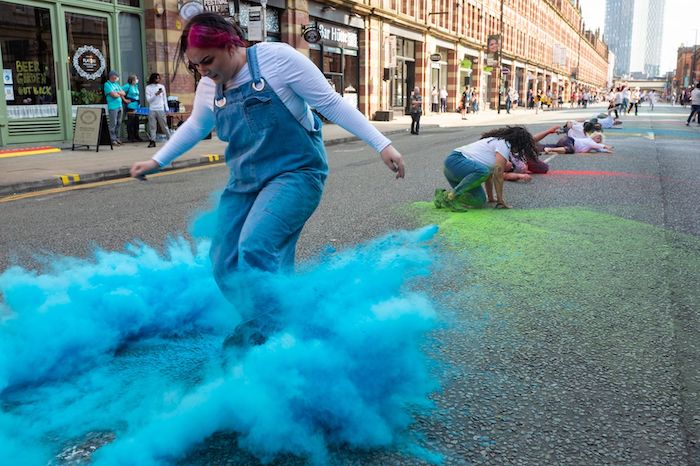
At the same time, the festival also managed to reach audiences that were not able to travel to Manchester, through an expanded programme of online live and interactive content.
This included specially created films by artists, digital interpretations of exhibitions, broadcasts of music and theatre productions, and a video game.
A further 1.2 million people from 187 countries engaged with this expanded digital programme during the festival, putting total audience figures this year both in-person and online at well over two million (2,662, 244).
The festival also featured the first event at The Factory – the world-class new arts space to be operated by MIF – drawing 1000 people over a weekend and giving audiences a flavour of what to expect when it opens in 2023.
Support for local artists was a key priority identified for this year’s festival, building on a range of support programmes developed for them during lockdown.
As the city and its cultural venues began to emerge from the lockdowns of the previous 18 months, the festival provided employment for hundreds of freelancers and artists.
Nearly 6,000 people overall took part in MIF21 activity either as participants in Festival events or as one of the 440 Greater Manchester residents who volunteered to support the delivery of the Festival.
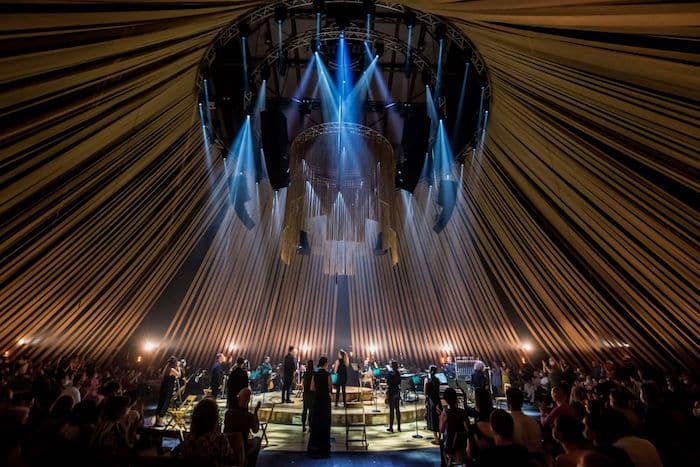
“For Manchester International Festival to have not only put on a festival this year but to have grown its audience several times over from what it has been in the past is a testament to everyone involved and to the whole city for getting behind it,” said Sir Richard Leese, leader of Manchester City Council.
“Our long-standing support for the arts, matched with a peerless cultural offer – thanks in no small part to the thousands of artists and creatives who have called Manchester their home over the years – is what helps shape and make Manchester a place people want to be.
“The Festival plays a pivotal part in this and MIF 21 did not disappoint, helping in this most exceptional of years to once again secure Manchester’s position in the spotlight on the world’s stage.”
- This article was last updated 3 years ago.
- It was first published on 15 November 2021 and is subject to be updated from time to time. Please refresh or return to see the latest version.
Did we miss something? Let us know: press@ilovemanchester.com
Want to be the first to receive all the latest news stories, what’s on and events from the heart of Manchester? Sign up here.
Manchester is a successful city, but many people suffer. I Love Manchester helps raise awareness and funds to help improve the lives and prospects of people across Greater Manchester – and we can’t do it without your help. So please support us with what you can so we can continue to spread the love. Thank you in advance!
An email you’ll love. Subscribe to our newsletter to get the latest news stories delivered direct to your inbox.
Got a story worth sharing?
What’s the story? We are all ears when it comes to positive news and inspiring stories. You can send story ideas to press@ilovemanchester.com
While we can’t guarantee to publish everything, we will always consider any enquiry or idea that promotes:
- Independent new openings
- Human interest
- Not-for-profit organisations
- Community Interest Companies (CiCs) and projects
- Charities and charitable initiatives
- Affordability and offers saving people over 20%
For anything else, don’t hesitate to get in touch with us about advertorials (from £350+VAT) and advertising opportunities: advertise@ilovemanchester.com
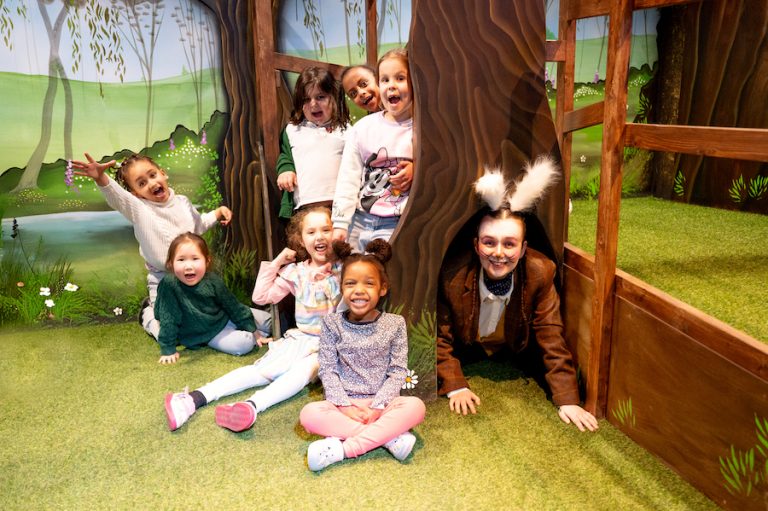
Head down the rabbit hole for Adventures in Wonderland with Z-arts
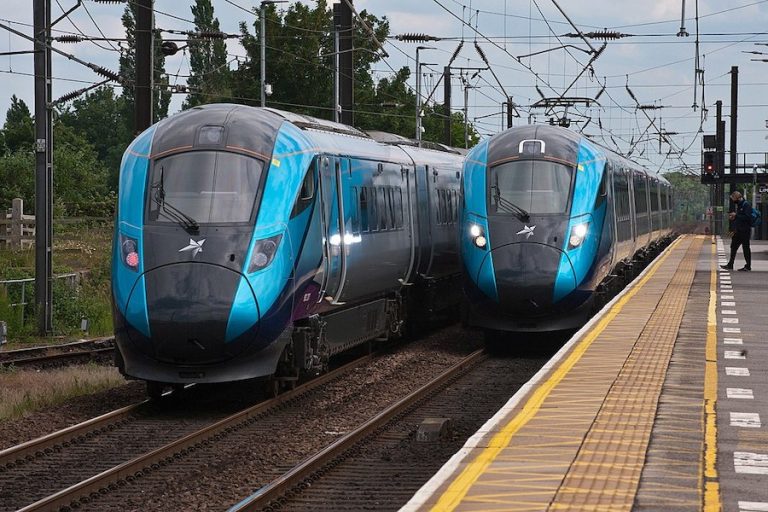
Major rail investment set to transform Manchester-Leeds commutes

“His presence will be deeply missed” Children’s hospice bids farewell to their visionary CEO
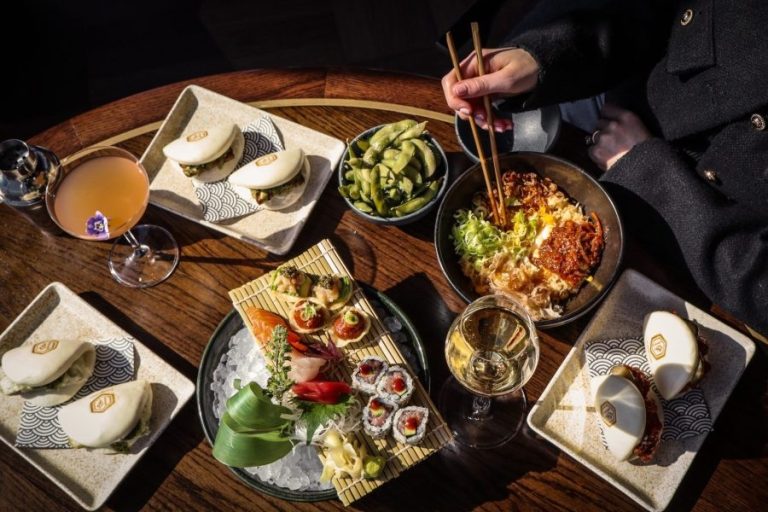
Has Gordon Ramsay created Manchester’s ultimate bottomless brunch?

The Clink celebrates ten years of empowerment and second chances
